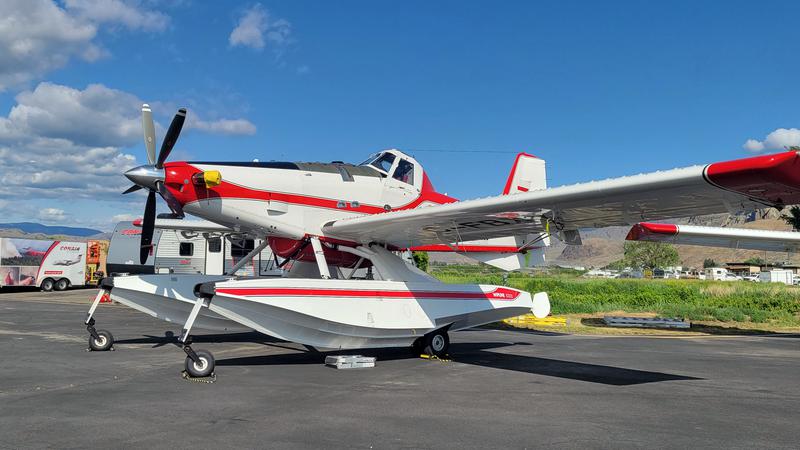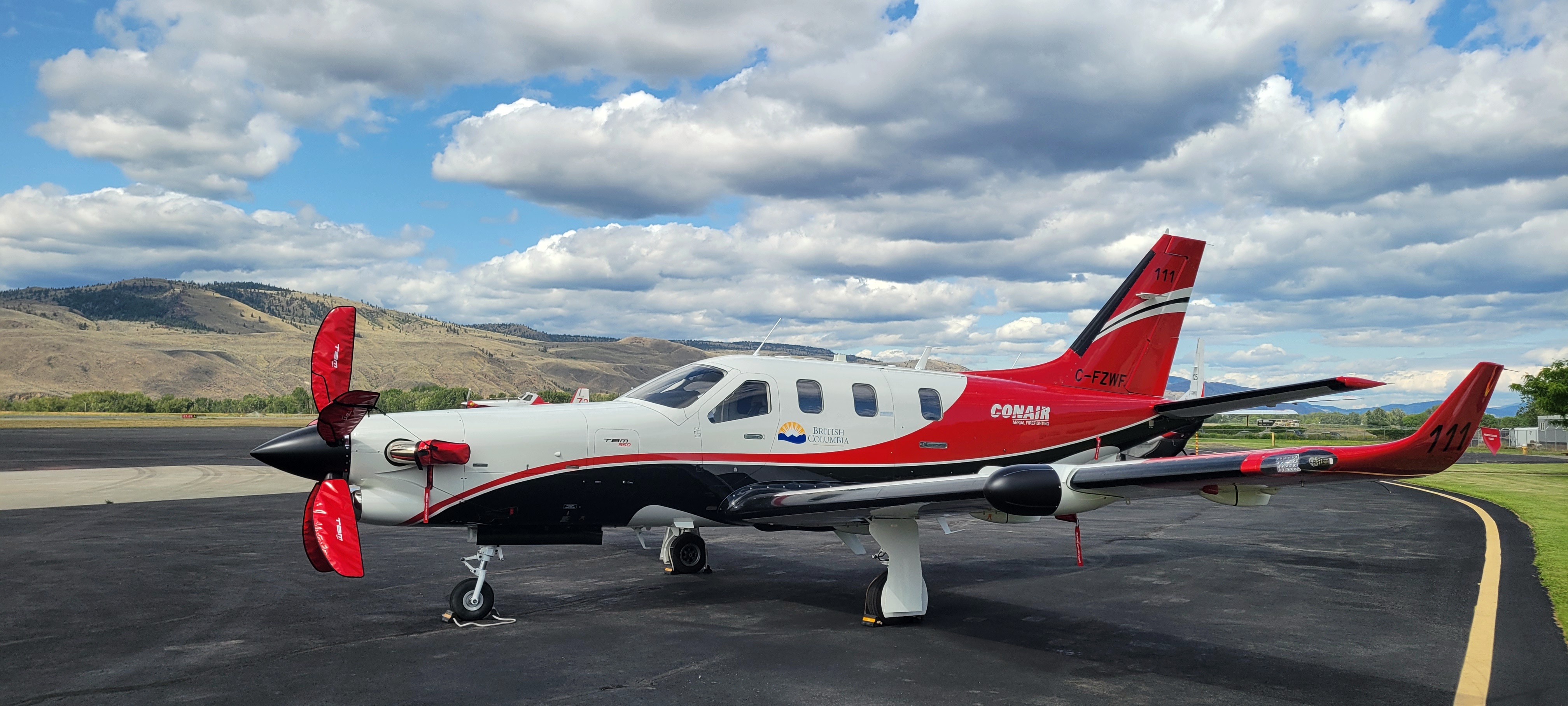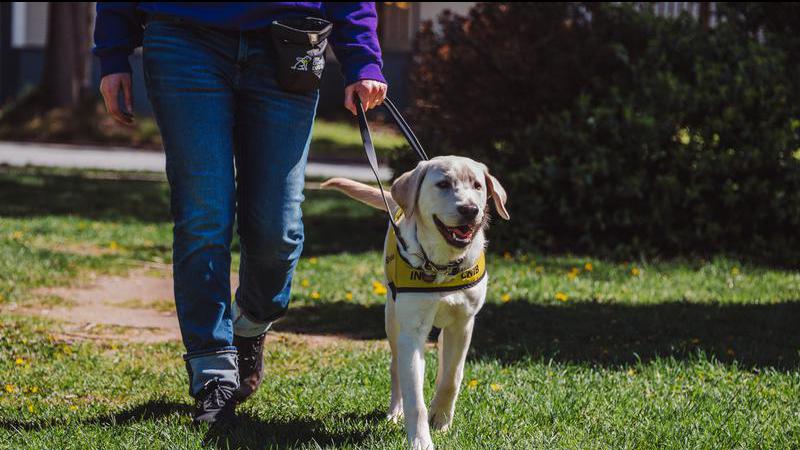
Back from prairie deployment, skimmers are standing by in Kamloops – along with Conair’s newest toy
KAMLOOPS — After a two-week stretch out in Saskatchewan around the end of May, the BC Wildfire Service’s Conair Fire Boss skimmers have returned to Kamloops and the wildfire base at the airport. During their run in the prairies, skimmer pilots were hitting fires up to 25 times per mission, circling from a nearby lake. Now back in Kamloops, the pilots are gearing up for the summer heat while assisting on fires further north in the province.
The six skimmers in Kamloops are part of a 14-aircraft fleet fighting wildfires across British Columbia. While attacking a wildfire, the skimmers can drop around 5,000 pounds of water per run, making piloting the small aircrafts no easy feat.
“You have to get down onto the water and then get it stabilized and then you drop the scoops down which brings in approximately 50 gallons — 250 litres — per second. That is a lot of change that the plan is experiencing, both hydrodynamically plus the weight of the plane, so it just changes it second by second,” said BCWS Conair Fire Boss skimmer pilot Kent Willner.



